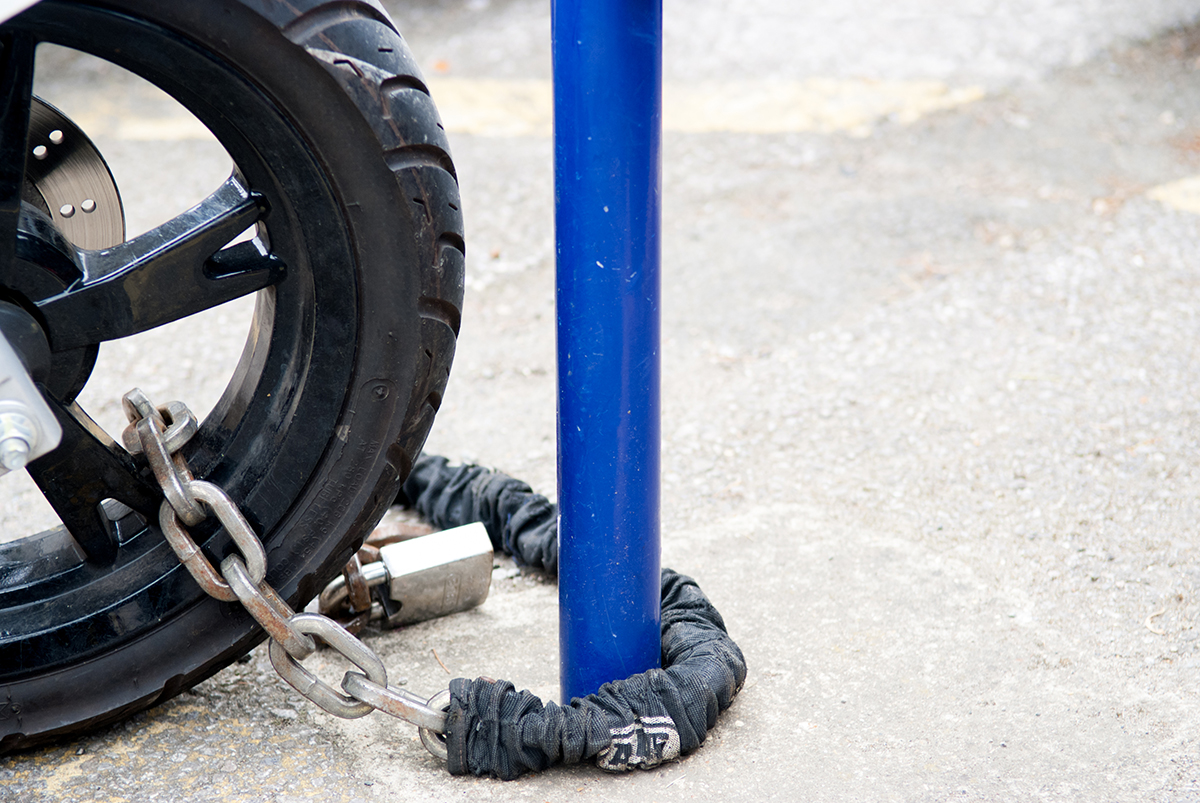The home safety plan is a cornerstone of emergency preparedness. Knowing what to do, where to go, and how to respond when tragedy strikes at home can save lives.
Many people take the time to sit down with their loved ones and develop an action plan for these crises. But just as important is developing a personal safety plan for outside the home.
Having a plan for when family members get separated during an outing, what to do if severe weather strikes, and how you’ll get help if you need it can ensure you and your family stay safe in the event of an emergency.
Below are 3 simple steps to creating your personal safety plan and a powerful tool you can easily add to your emergency readiness toolkit.
Step 1: Plan Ahead
This step may seem like a no-brainer, but it never hurts to reassess how you plan for life’s activities.
As a rule of thumb, have your phone on you at all times. If you can, check to make sure you’ll have a working network connection wherever you’re going, and bring a portable charger with you if you won’t have access to a plug-in charger.
How you prepare should be based on where you’re going and who will be going with you. Think about the environment you’ll be in and what precautions you can take to ensure you’ll have everything you need and know where (and how) to get help if you need it.
A perfect example is a family trip to the beach. To avoid dehydration and heat exhaustion, it’s essential to bring plenty of water and snacks. And, of course, a healthy supply of sunscreen goes a long way to prevent sunburns.
Splitting Up
Ideally, everyone should stay together or at least have a partner when the group splits up, but it’s crucial to prepare for when things don’t go according to plan.
If for some reason your little one gets separated and can’t find their way back to you, discussing what to do beforehand can help avoid the worst-case scenario.
Using the beach example, here are a few things you can do to make sure your child is prepared:
- Bring a distinctly colored or designed umbrella (you can also bring a flag) and make sure they’re familiar with what it looks like. You can ask them to describe it to you to ensure they know what to look for if they get lost.
- Position yourself close to a landmark when you pick a spot on the beach. Ideal places to set up shop include near lifeguard towers, signposts, or other groups of people with umbrellas or flags that stand out. Helping your child familiarize themselves with their surroundings will make it easier for them to find you if you get separated.
- Most public beaches have designated lifeguards that keep watch over beachgoers. Let your little one know that if they get lost and can’t seem to find you, they can get help from a lifeguard at one of the towers. Since your child knows which umbrella and landmark to look for, they can inform the lifeguard who can help them in their search.
You can apply these same principles to other activities as well. For example, if you’re at a theme park with a group of friends or family, you can come up with designated meeting times and locations for the group whenever you split up.
Planning for the Weather
Always take a look at what the weather will be like before you go somewhere.
Having an idea of what the forecast will be can not only help you pack the right clothes, but if there’s a chance of severe weather, it can also help you save yourself the trouble and reschedule or plan accordingly.
Nearby Events
Trouble can often spill over into areas you plan to be from nearby events. Wherever your activities take you, make sure to stay aware of what may be going on around you, which is the perfect lead-in to our next step.
Step 1 doesn’t have to take up too much of your time, but it’s good to get in the habit of thinking ahead and taking the proper precautions whenever you leave the house.
Step 2: Be Aware of Your Surroundings
When you’re out and about, it’s easy to get preoccupied with whatever you’ve got going on. But it’s always good to maintain a sense of situational awareness.
The more aware you are of your surroundings, the more likely you are to notice when something’s off or if it’s time to leave the situation entirely.
It’s not so much about being fearful or anticipating something going wrong. It’s about keeping an eye on your environment, so you have an idea of what’s going on around you. Getting to know the area you’re in can also help you identify the fastest way out if you need to make a quick exit.
One common barrier to step 2 is our mobile devices. As vital as they are in today’s society, the world around you disappears when you use them.
If you need to look at your phone for a while, simply make sure you and those you’re responsible for are in a safe area.
Step 3: Decide How You’ll Get Help Beforehand
Situations – and life in general – rarely go as planned.
Piggybacking off step 1, planning how you will get help in case of an emergency is arguably the most critical part of creating a personal safety plan.
Having a tool like the Rescu app on your phone can be a powerful asset in a crisis, allowing you to get help faster than the traditional 911 system.
Coming this summer, Rescu’s Prime subscription will feature GPS medical alert system functionality, giving you the ability to get fire, medical, or police help wherever you may be.
The best part about Rescu is that there’s no talking required, so you can send for help silently, without alerting anyone around you.
With Rescu Prime, just two taps on your phone can send emergency services to your location, either to help you or someone else on the scene.
Personal safety preparedness is something that we all can be better about. Even just a little bit of it goes a long way, and Rescu makes it easy.
Click below to download today and complete your personal safety plan.





